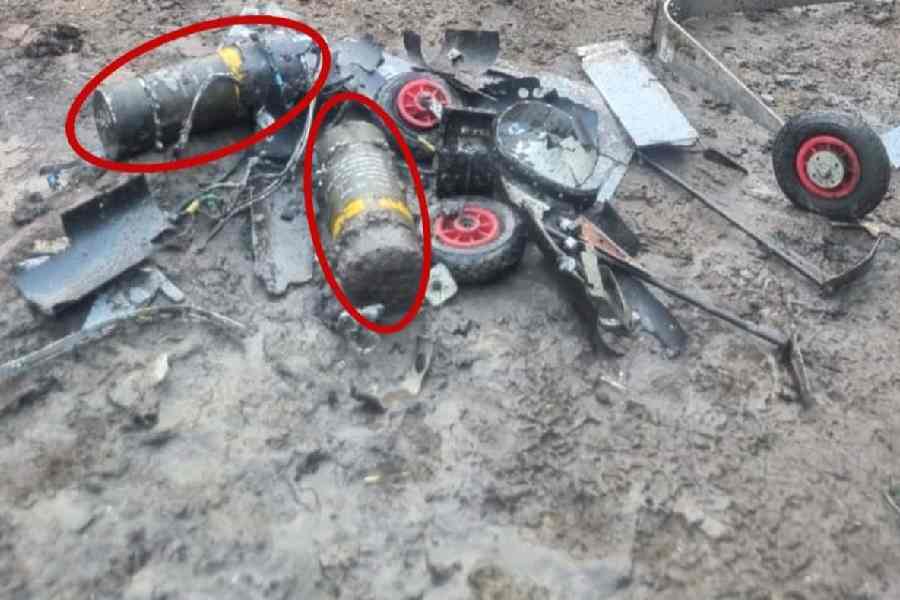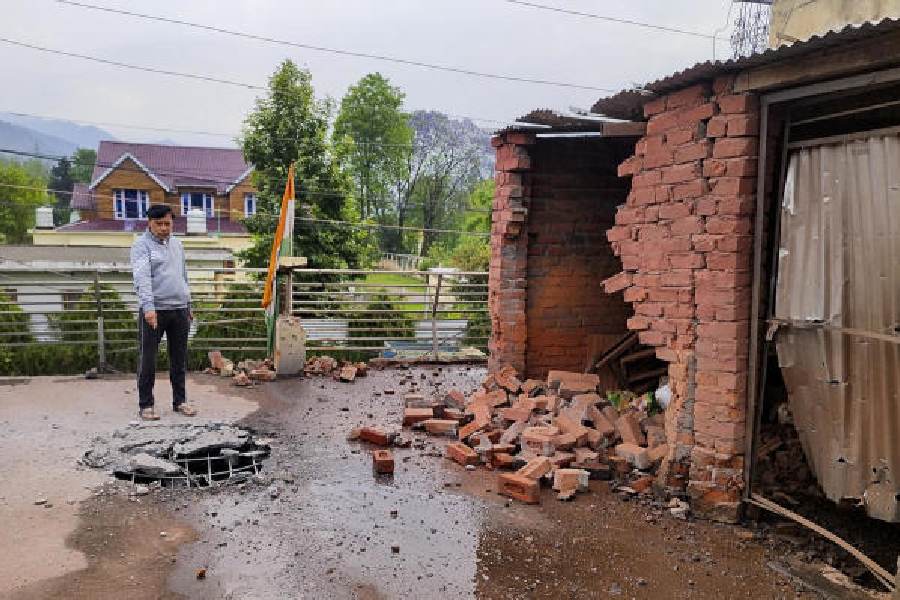
Willow warriors of Jharkhand will find themselves in a better fighting position the next time they play at venues outside the state.
Four yellow soil cricket pitches are being laid at the JSCA International Stadium Complex in Dhurwa, Ranchi, to help players adapt to different field conditions.
Of the four, one each is being laid at the Oval Ground and the main stadium while the remaining are meant for the nets. The yellow pitch at the main stadium has already been laid while the other three new surfaces are expected to be ready by October.
The state cricket outfit currently boasts 21 pitches at its Dhurwa greens, including nine at the main stadium, eight at the nets and three at the Oval, which are all prepared from black soil. The last one is a yellow surface at the main stadium, which was readied in April last year, allowing former Team India skipper Mahendra Singh Dhoni and some senior Ranji cricketers to play practice matches on the turf.
JSCA's chief curator S.B. Singh said the objective behind using yellow soil was to help state players effectively handle different pitch conditions at venues outside Jharkhand.
"They come across fields prepared from red and yellow soil, besides black. The game varies a lot depending on the surface it is being played on," Singh said, adding that the yellow soil or chitta mitti in local parlance was procured from Sithio villages near the Dhurwa stadium.
Elaborating on how different soils behave, the curator explained that a yellow surface did not allow swelling and shrinking because it bound well with the grass.
"Growth of grass is good on these surfaces as they have less clay (35-40 per cent), silt (30-35 per cent) and fine/medium-sized sand (20-25 per cent). Such surfaces loosen up after the third day of the match, which means they assist seamers on the first two days. These pitches are found to be sporty," the seasoned curator stressed.
Speaking about the black/grey soil, Singh said they had higher content of clay (59 per cent) and silt (40 per cent), but proportionally little presence of sand (15-20 per cent). "Such surfaces sometimes develop cracks on the first day and a match may not go the distance," he said.
The curator maintained that Dhoni had suggested pitches from red soil too in Dhurwa. "We have collected samples of red soil from Ranchi and Baharagora (in East Singhbhum) and sent them for physical, chemical and mineralogical analyses at the Indian Council of Agricultural Research in Nagpur," added Singh, who is pursuing a PhD on cricket pitch and outfield with the BCCI.
State players are already giving the project a thumbs up.
"It is a good initiative from the JSCA. Sporting wickets are helpful for both batsmen and bowlers. We played all our matches at neutral venue last season and came across different pitch conditions. We will benefit a lot," said Jharkhand Ranji's batting mainstay Ishank Jaggi.
Ranji medium-pacer Jaskaran Singh too complimented the JSCA for its effort. "It will be helpful for us because nowadays we are required to play at neutral venues where pitch conditions vary. We will be adequately prepared if we play on different types of practice wickets in Ranchi," he said.











